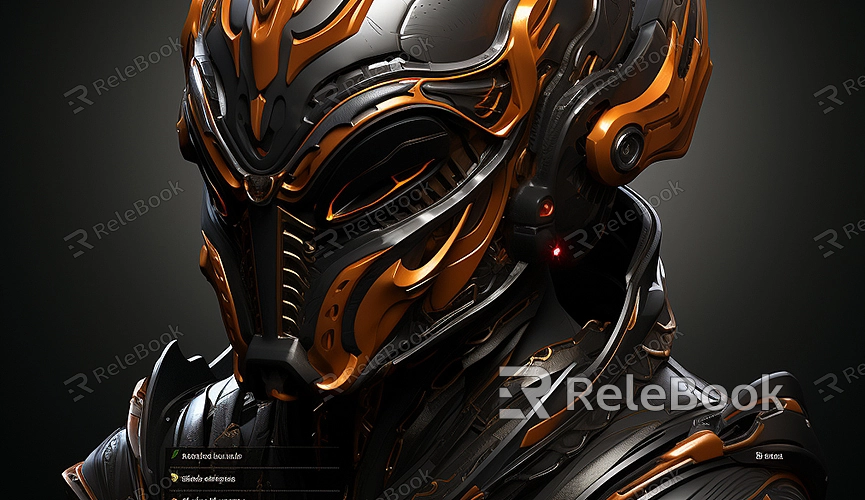blender cycles bake texture
Texture baking within the Blender Cycles rendering engine is an incredibly useful feature. It precomputes complex lighting and shadow effects, storing them in texture maps, significantly boosting real-time rendering efficiency while maintaining visual intricacies and details.

Basic steps for Blender Cycles Texture Baking:
1. Select the Target Model: Open Blender and load your 3D model intended for texture baking.
2. Switch to Cycles Rendering Engine: Ensure that Cycles is selected in the rendering engine; this is crucial for high-quality texture baking.
3. Adjust UV Layout: In the 3D view, switch to Edit mode, adjust the model's UV layout, ensuring each part is logically distributed for accurate mapping during texture baking.
4. Create a New Image Texture: In the image editor, create a new image texture, which will be the canvas to receive the baking results.
5. Configure Baking Parameters: In the texture tab of the properties editor, find the Bake section, configure baking parameters including bake type, radiance, indirect lighting, etc.
6. Execute Baking: Click the bake button, and Blender will start generating textures according to the settings, applying them to the specified image texture.
Example Scene One: Realistic Details of a Stone Brick Wall
While designing a castle, using Cycles texture baking, you can depict authentic stone textures on walls, including the roughness, minor cracks, making the entire castle more lifelike.
Example Scene Two: Natural Gloss of Human Skin
When creating character models, Cycles texture baking captures subtle skin surface details like pores and veins, making the characters more lifelike and enhancing realism.
Example Scene Three: Texture of Wooden Furniture
Designing modern furniture, Cycles texture baking showcases natural wood textures on surfaces, conveying warmth as if you could feel the wood's touch.
Example Scene Four: Realistic Plants on Grass
In gaming environments, using Cycles texture baking, you can present fine details of plants and grass textures, making the entire scene more vibrant and lifelike.
Example Scene Five: Gloss Effects on Water Surfaces
While designing lakes or rivers, Cycles texture baking helps simulate natural gloss effects on water surfaces, making the water more realistic and captivating.
Example Scene Six: Glass Shadows on Building Surfaces
For urban scenes with skyscrapers, using Cycles texture baking, you can generate subtle reflections on glass windows, creating unique light and shadow effects in the cityscape.
Example Scene Seven: Texture of Metal Mechanical Components
In sci-fi settings, Cycles texture baking can create realistic reflections and wear marks on metal components, enhancing the credibility of mechanical devices.
Through these examples, we witness the practical applications of Blender Cycles texture baking across various fields and the conveniences and benefits it brings. This technology not only enhances rendering efficiency and reduces hardware demands but also reinforces the user experience while maintaining high-quality visual effects. Whether in game design, real-time animation, virtual reality, or educational demonstrations, texture baking proves to be incredibly useful. If you require a multitude of high-quality 3D textures and HDRI, you can download them from Relebook and directly import the textures into your models for immediate use.

